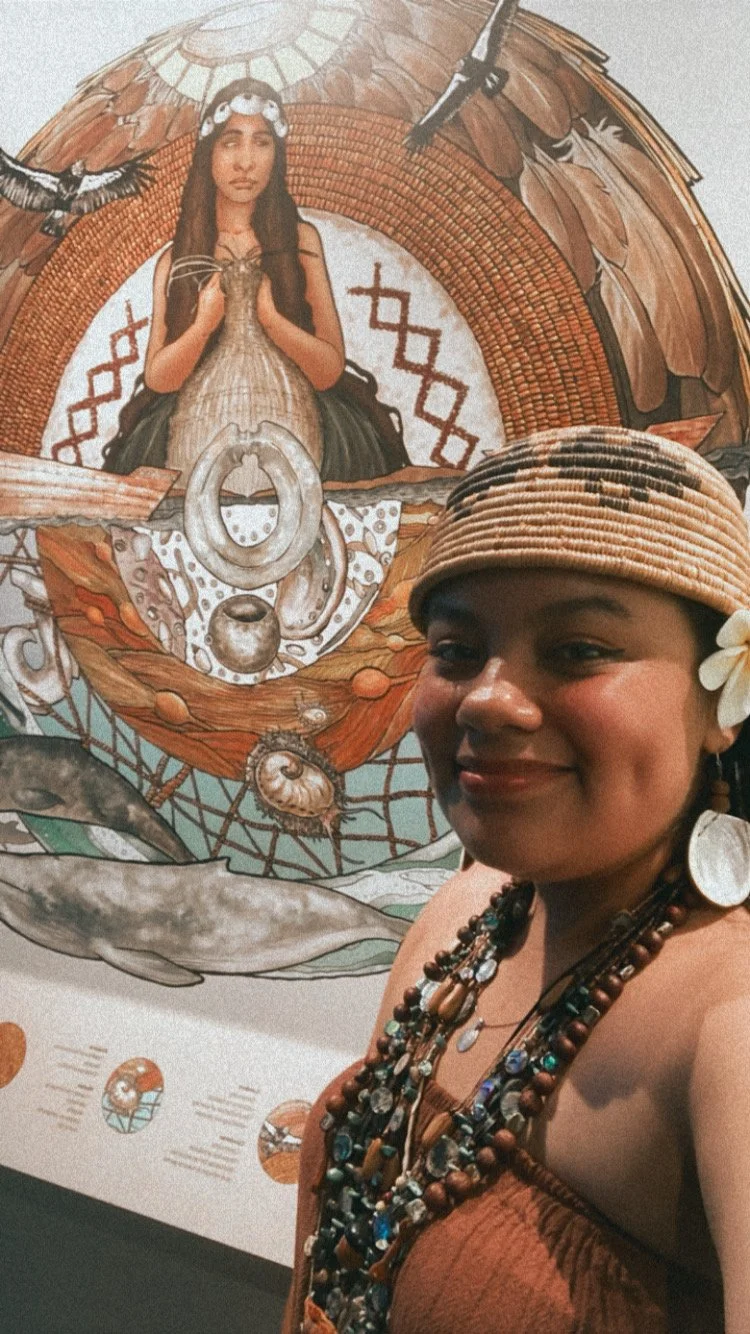Moompetam - A Family Story
This weekend Coastal Band families packed up the car for the annual drive to the Moompetam festival, where the ocean's children gather at the Aquarium of the Pacific in Long Beach, California. It's a pilgrimage we've made for so many years now, joining our Tongva, Acjachemen, Chumash, Costanoan, Kumeyaay, and Luiseño relatives in honoring the maritime traditions that have always bound us together. Moompetam means “People of the Ocean,” and comes from the word for ‘saltwater’ in the Tongva language, the land where the Aquarium is built on.
You can feel the history in these halls now—the same corridors where our children raced to see the shark tanks in the early 2000s now echo with the laughter of their own little ones. Time moves in circles here. The Tongva and Chumash kids still cluster around the axolotl and shark exhibits like magnets, their bright shirts matching their treasured stuffies, sticky fingerprints on glass cases as they point in wonder.
Each year brings new faces sharing old wisdom—fresh cultural booths where passionate hands and voices share knowledge. Yet we feel the absence of our beloved elders too, the empty spaces where Barbara Drake's gentle voice once guided us, where Julia Bogany's stories made you laugh, and Jimi Castillo gave out wisdom in his deep tones. Their teachings live on in the younger voices that have stepped forward, carrying forward what was entrusted to them.
And oh, when the dance groups move through—Chumash, Tongva, Acjachemen, and Ohlone dresses jingling—the sound is like the ocean itself, a thousand shells singing together. The air shimmers with abalone, catching light like scattered stars. This year the powerful voices of the Chumash Dance Sisters brought smiles to the audience; little ones danced in the audience.
Everywhere there's a symphony of reconnection: "Look how tall your baby got!" "How's your grandma feeling?" "I started that basket—are you still weaving?" "We really should get the families together soon!" These conversations weave between the public displays and educational booths, transforming what could be just another museum event into something sacred—our annual homecoming, where relatives become family all over again.




